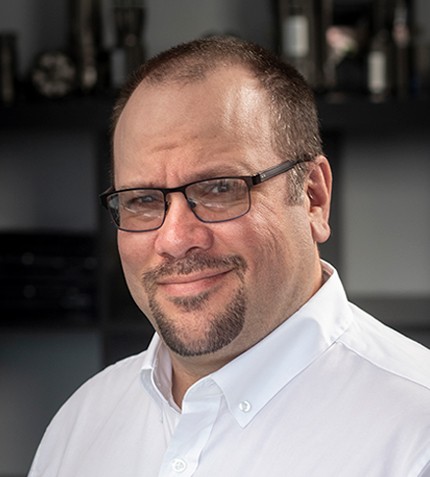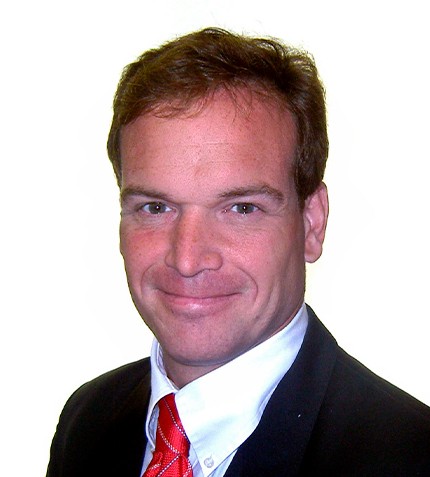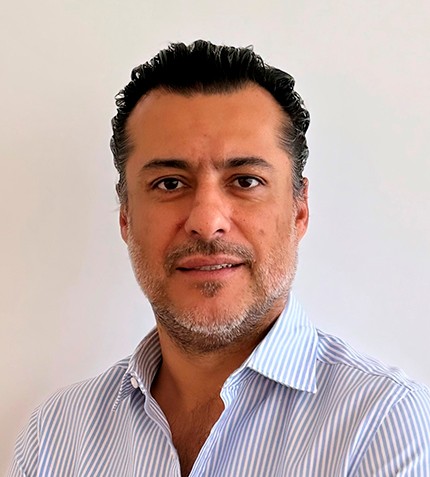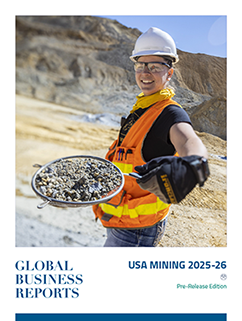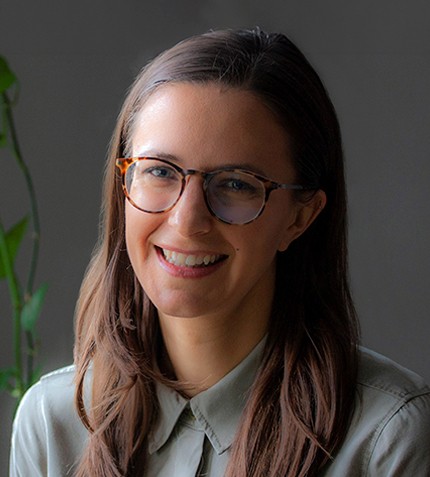
"The substantial C$100 million donation to Smith Engineering elevates the department's standing, integrating mining into a forward-thinking, multidisciplinary approach to engineering education."
Charlotte Gibson
ASSOCIATE HEAD OF THE ROBERT M. BUCHAN DEPARTMENT OF MINING, QUEEN'S UNIVERSITY
Can you provide an update on the key developments at the Robert M. Buchan Department of Mining?
Over the past five years, our Mining Department has undergone a significant transformation with a substantial faculty renewal. This transition allowed for a refreshed perspective on mining education, emphasizing a modernized approach to teaching and research.
Enrollment in the undergraduate program experienced a noteworthy increase, making Queen’s University (Queen’s) one of the few mining schools in Canada with a growing undergraduate enrollment. The program saw a rise from the previous average of 30 students per year to 45 students in the 2023-2024 academic year.
A pivotal development for Queen’s Engineering (now Smith Engineering) overall was the substantial C$100 million donation from Stephen Smith in November 2023. This generous contribution aims to reshape engineering education at Queen’s, incorporating a multidisciplinary and human-centric approach.
How can universities and companies attract underrepresented groups to the mining industry?
One effective strategy is the promotion of diversity in leadership positions. By showcasing successful role models, universities and the mining industry can create a more inclusive environment. The emphasis should be on creating an environment that values diversity and ensures equal opportunities.
Have you noticed common themes among the new generation of students entering the mining sector?
Students are attracted to studying mining for several reasons. Firstly, the anticipation of substantial job opportunities in the coming decades, driven by the industry's current phase of retirements and expected growth, is a major factor.
An emerging theme among students is their interest in the energy transition and critical minerals. The increased awareness of environmental issues and the importance of critical minerals in the energy transition has influenced some students to see that mining can positively contribute to global challenges.
Can you share details about notable ongoing research at the Department of Mining?
Dr. Qian Zhang’s research is focused on sustainability in mining, including life-cycle assessment and the circular economy. Dr. Asli Sari is leading research initiatives focused on AI applications for mining and automation. Our newest faculty member, Dr. Mahoud Alzhoubi’s research aims to improve energy efficiency in mining. We also have several researchers looking at the concentration and extraction of critical minerals. Overall, our research activities align well with industry priorities, creating considerable opportunity for collaboration with mining companies.
Have you noticed an appetite among companies for transferring AI tools from academia to industry?
Currently, major industrial players have shown fluctuating levels of interest in AI applications in different aspects of their operations. Success stories primarily involve isolated projects focusing on specific areas of processing plants or mining operations.
The industry's future direction appears to be moving toward broader AI models that can represent and predict the performance of the entire mining value chain. The industry is likely to witness a more widespread adoption of AI as it continues to demonstrate its value in improving operational efficiency and outcomes. However, AI depends on high-quality data as an input – we have lots of data in mining, but the quality is not always there.
Is there sufficient emphasis on data collection in the mining industry to support AI development?
To ensure high-quality data, additional efforts such as preventative maintenance on sensors are necessary. However, the decision to prioritize production over maintenance often complicates these efforts. The rugged industrial environment and the need for reliable, accurate data further highlight the challenges the mining industry faces in maintaining the necessary infrastructure for effective data collection and AI development.
What message do you have for our audience regarding the future of Queen’s Department of Mining?
Queen’s Department of Mining is on the brink of a transformative period. Ongoing faculty renewal is injecting new energy and perspectives, to reshape mining education over the next 5 to 7 years. The substantial C$100 million donation to Smith Engineering elevates the department's standing, integrating mining into a forward-thinking, multidisciplinary approach to engineering education. As we step into 2024, the early stages of faculty renewal and collaboration with Smith Engineering promise an exciting decade ahead for the department.




